Superb Fairy-wren
Malurus cyaneus
Family: Maluridae (Fairy-wrens, Emu-wrens, Grasswrens, 20 species in Australia)
Size: 14 cm (But they look smaller since their tails are often pointed up in the air)
Distribution: The Eastern 2/3 of NSW, Most of VIC, TAS, Several hundred km into SE QLD and small parts of SE SA
Status: Common
Habitat: Open forests, swamps, coastal areas, rainforests, gardens. Often on the ground and in family groups.
References: Simpson and Day, Reader's Digest
The Superb Fairy-wren is a lovely bird (there is another species that is actually called the Lovely Fairy-wren, but it is only found in far North QLD). It is often seen in gardens and parks in the Blue Mountains. They are usually on the ground or near it and rarely seen alone.
In the breeding season, half of the adult male bird develops a bright blue/black colouring, like in the photos below. When not in breeding colours, he looks similar to the brown ones in the photos below (which is how the females look all year round).
One of their calls is a trill that descends in pitch and is quite recognisable once you get to know the sound of it.
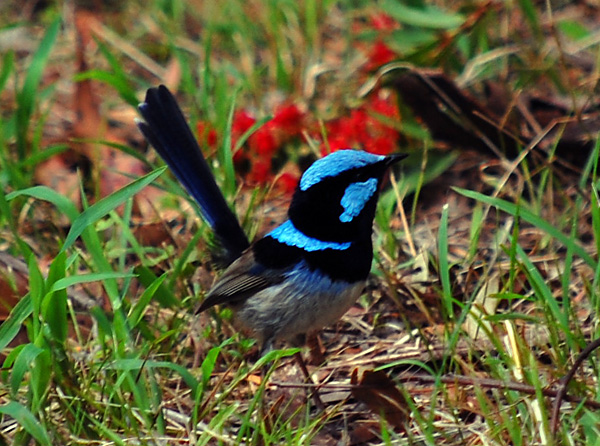
Photo: Blaxland, Blue Mountains NSW. High Resolution (995 x 712)
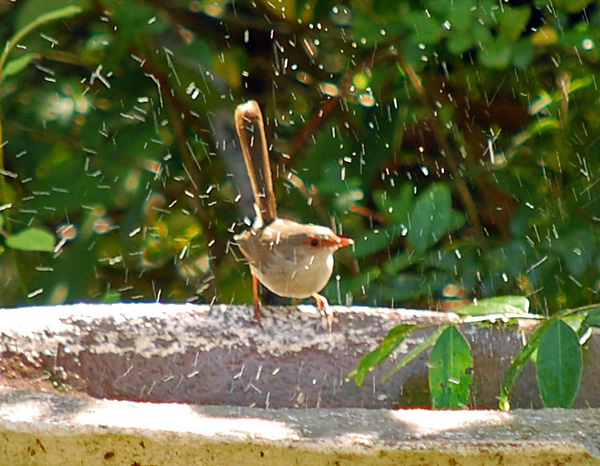
Photo: Blaxland, Blue Mountains NSW.

Photo: Blaxland, Blue Mountains NSW.
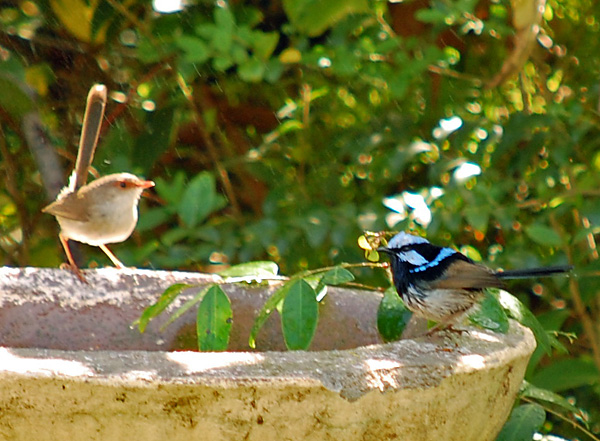
Photo: Blaxland, Blue Mountains NSW.
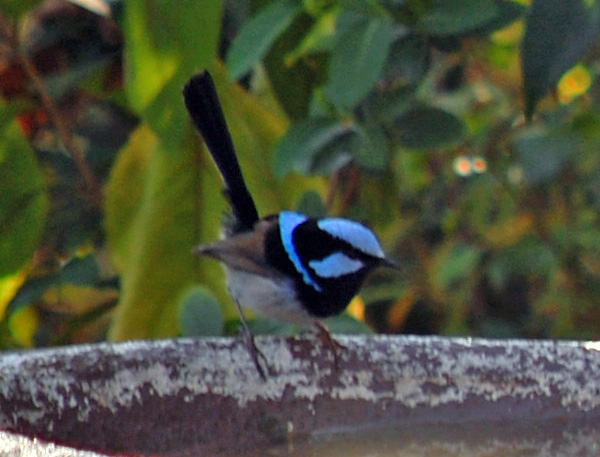
Photo: Blaxland, Blue Mountains NSW.

Artwork: John Gould, 'The Birds of Australia', 1848. Original Scanned Image.
Some Birdwatching Resources
|
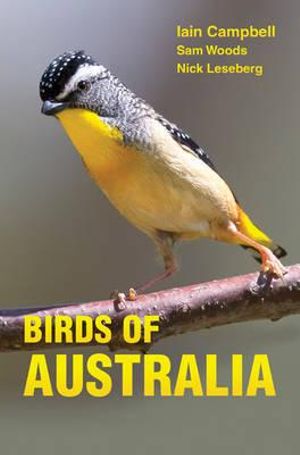 NEW: Birds of Australia: A Photographic Guide, by Iain Campbell, Sam Woods, Nick Leseberg, Geoff Jones (Photographer).
NEW: Birds of Australia: A Photographic Guide, by Iain Campbell, Sam Woods, Nick Leseberg, Geoff Jones (Photographer). I bought this field guide recently (June 2020). As the name suggests, it's got photographs rather than line drawings. They are very high quality, clear photos. I've got so many field guides now, they have to be really good before I buy them (I got it from a physical book shop, so I was able to look through it thoroughly before deciding whether or not to get it).
From the publisher:
Australia is home to a spectacular diversity of birdlife, from parrots and penguins to emus and vibrant passerines. Birds of Australia covers all 714 species of resident birds and regularly occurring migrants and features more than 1,100 stunning color photographs, including many photos of subspecies and plumage variations never before seen in a field guide. Detailed facing-page species accounts describe key identification features such as size, plumage, distribution, behavior, and voice. This one-of-a-kind guide also provides extensive habitat descriptions with a large number of accompanying photos. The text relies on the very latest IOC taxonomy and the distribution maps incorporate the most current mapping data, making this the most up-to-date guide to Australian birds.
- Covers all 714 species of resident birds and regularly occurring migrants
-
Features more than 1,100 stunning color photos
-
Includes facing-page species accounts, habitat descriptions, and distribution maps
-
The ideal photographic guide for beginners and seasoned birders alike
NOTE: This is the only field guide for Australian birds that I've seen which lists the size of each bird in both centimetres and inches. So if you're much more familiar with inches than centimetres, this would be the best Australian bird field guide to get just for that reason.
Purchase from Australia (The Nile)
Purchase from Australia (Fishpond)
Purchase from Amazon.com (USA Site)
Purchase from Amazon.com.au (Australian Site)
| See AlsoAustralian Bird Field Guides
Return to Australian Birds
Return to Site Map
Share This Page
australia birds blue guide
Content is copyright © Survive.au 2005-2025 All Rights Reserved. Terms of Use. Definitely read the disclaimer before trying anything from this website, especially including the practices and skills. This website uses affiliate links – this doesn't cost you any more, but I get a commission on purchases made through the website. As an Amazon Associate I earn similarly from qualifying purchases.
|








